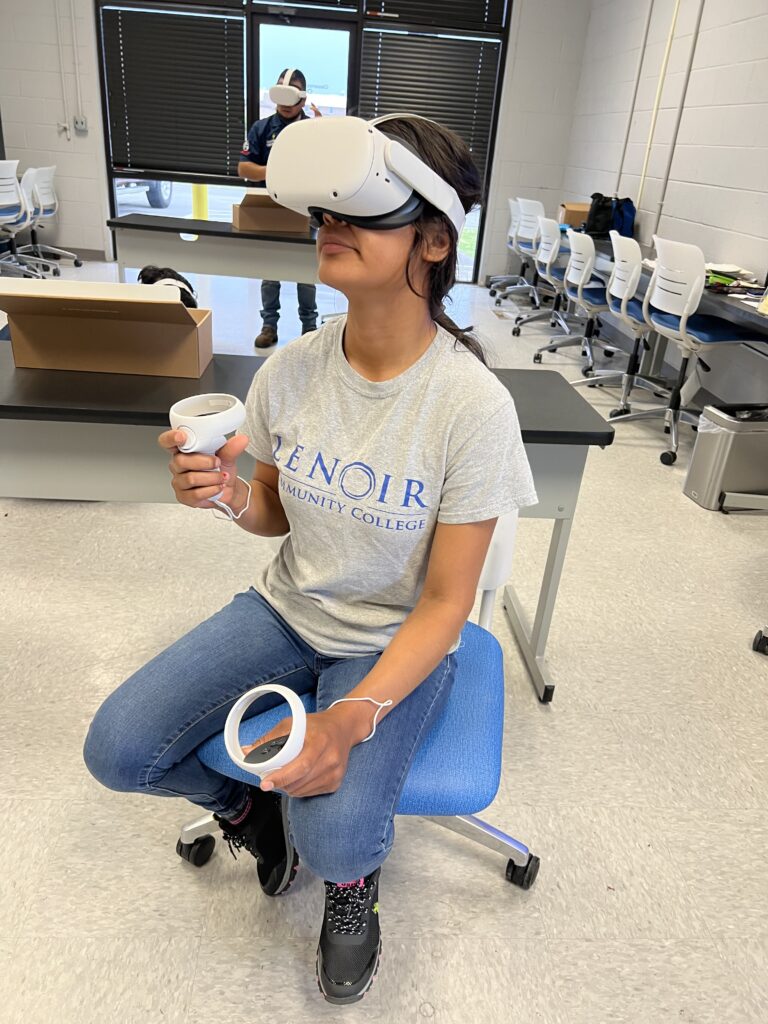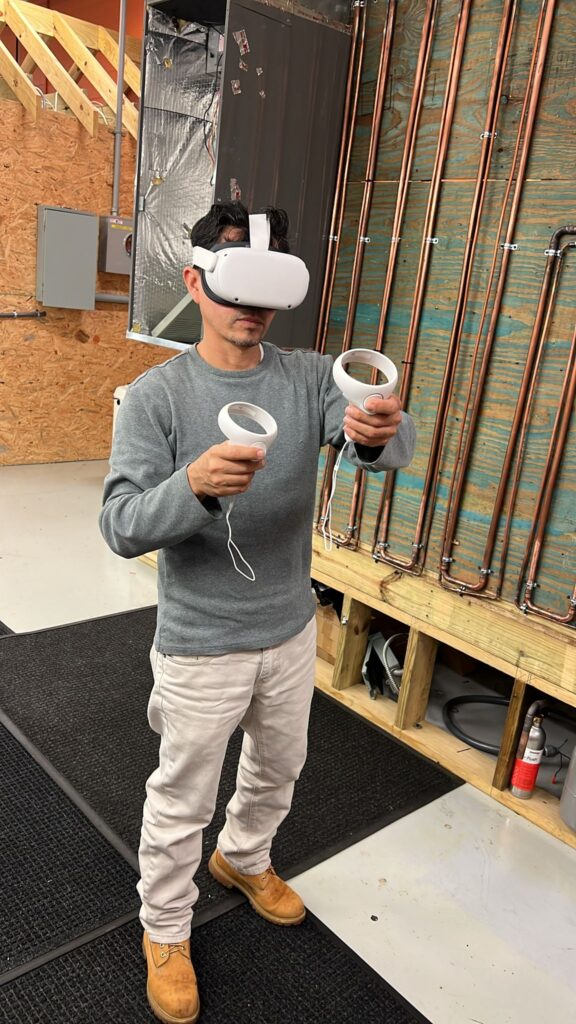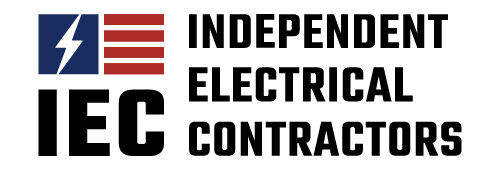Speaker Snapshot:
Danielle Rose
Brought to you courtesy of IEC Insights
Take Training to the Next Level: Using Technology to Increase Performance Outcomes in the Classroom and On the Job

Danielle Rose
Interplay Learning
Senior Account Executive for Workforce Development
Session Date: Tuesday, October 15
Session Time: 10:30 AM – 11:30 AM
Danielle Rose made the jump from doing direct training in the community college sector to Interplay Learning, a leading provider of immersive skilled trades training, due to her strong belief in the power of the trades.
“Skilled trades are important, and our goal here at Interplay is really to make the skilled trades a first choice and not a back-up plan for folks,” she says. “Interplay works with contractors and companies to make sure learners are more comfortable and confident with what they’re doing. We also work with a lot of K through 12, technical college, and apprentice programs to supplement existing programming.”

Danielle explains training has to connect to the new generation of learner, where technology has been integral — they’ve all grown up with cell phones in their hands. Companies have found that in the recruiting process and in hiring that the new style learner is really engaged with kinesthetic learning.
“Interplay encourages simulated hands-on learning even before the hands-on,” she says. “A lot of times when a younger learner thinks of a skilled trade, they feel it’s hard and you have to earn your spot in front of that seasoned guy. I think that allowing someone to practice some of the hands-on skills without someone looking over their shoulder not only makes them safer but it makes them more comfortable so that they can truly engage in learning. It gives them practice before they show their progress to the boss.”
In her session, Danielle provides information on how technology supports training and can offer companies a true return on their investment. She shows how adding 3D simulation supplements the knowledge shared by field experienced instructors.
“The instructors are the backbone of apprenticeship programming,” Danielle states. “They’re the folks who come with applicable experience from the field and can teach the practical. But, how can we bridge that theory with practice so that the instructors are seeing differentiation and student strength? A lot of times I’m sure they can relate to the fact that someone comes into a program who hasn’t ever even picked up a tape measure.”
She recounts how many an instructor has shared with her that they are looking to fix that ‘deer in the headlights’ look received from many learners after the instructor reads or shares a textbook section. 
“Research shows that learners typically remember about 20-30 percent of what’s talked about, but when you put them in simulation or hands-on learning like they experience in the lab or in the field, that jumps up to 80 percent,” Danielle shares. “We are going to talk about how instructors can get through more material faster and build even better technicians with additional exposure to immersive 3D and virtual reality simulations which serve as a bridge between theory and practice.”
Danielle says the goal of simulations is to get folks comfortable, but for a lot of people that haven’t utilized them before, it can be uncomfortable to try something new. She intends to unravel the mystique of this type of learning and demonstrate how it fosters a collaborative environment that makes a learning environment even more successful.
“IEC contractors are always looking to get better even though they have great apprentice programs in place,” she says. “There’s no limit to how much you can learn and grow when you integrate technology to bridge the gap between theory and practice.”

